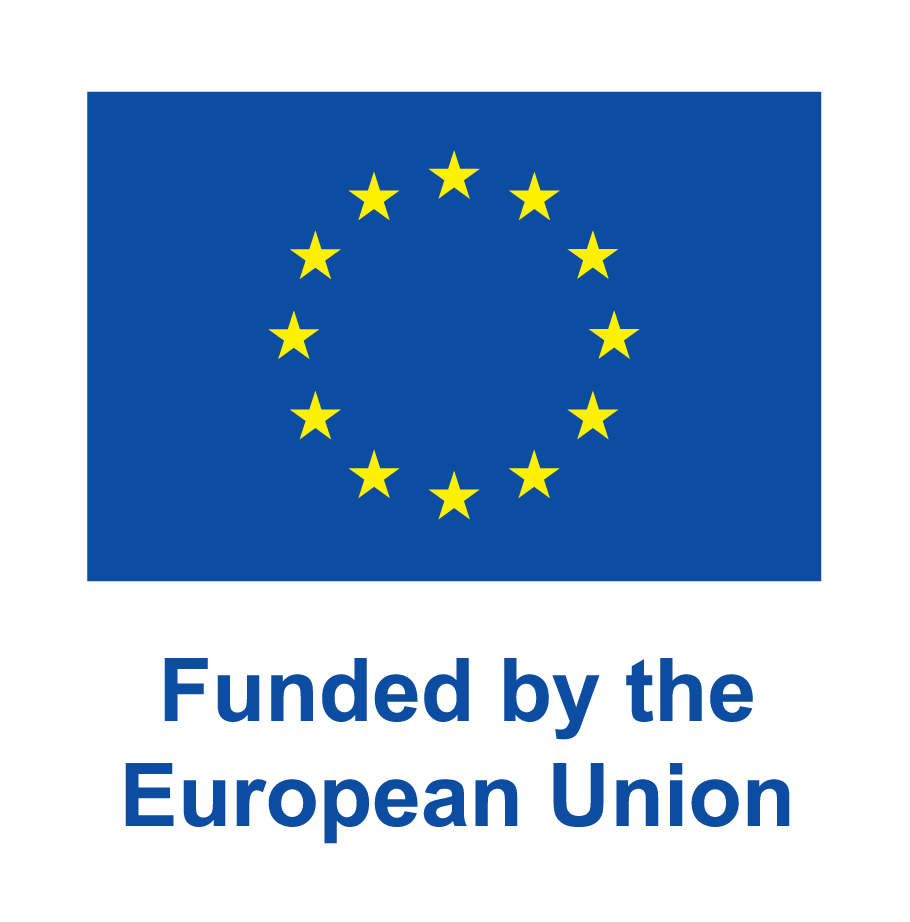Since 2004, EU Member States have been able to establish European Readmission Agreements (EURAs) with non-EU countries. Nevertheless, Member States still use bilateral readmission agreements. In the period 2014-2020, 16 Member States signed a new bilateral readmission agreement.
Readmission agreements EU Member States are mostly bilateral
Notably, 9 Member States established a readmission agreement with Kazakhstan and 5 Member States with Kosovo. Some Member States still have old bilateral readmission agreements in force with countries with which a EURA has now been signed. Bilateral readmission agreements may not be in conflict with a EURA. If they do, a EURA take precedence.
Readmission agreements concern agreements between partner countries readmitting their own nationals, or partner countries accepting nationals from other countries.
Linking return to other areas of migration
A limited number of Member States have linked agreements on readmission and return of migrants to cooperation in other migration areas. These may include, for example, cooperation on regular migration (FR, DE, LU, ES) or agreeing on the procedure for issuing (work) visas (LU).
The Netherlands was the only Member State to evaluate readmission agreements
Most EU Member States had no evaluations or reports available from the 2014-2020 period on the implementation and effectiveness of bilateral readmission agreements. The Netherlands was an exception with the 2015 policy advice of the Advisory Committee on Immigration Affairs (ACVZ) commissioned by the Ministry of Justice and Security, which also evaluated the functioning of readmission agreements. Member States do systematically collect data on the implementation of readmission agreements. The method differs between Member States. For instance, some countries disaggregate collected data by readmission agreements (CY, DE, EL, HR, HU, NL, PL, SE), while others disaggregate data by the partner country accepting or readmitting migrants (BE, BG, CY, EE, ES, FR, HR, HU, IT, LU, NL, SK). A number of Member States also report meeting regularly with partner countries to monitor the functioning of readmission agreements.
Eight Member States (BE, BG, CZ, DE, EE, LU, NL, SE) reported that the bilateral agreements resulted in more migrants returning to their countries of origin than before. Other effects were a faster completion of return procedures and enhanced communication with countries of origin.
Barriers to implementation
Several Member States reported obstacles in implementing bilateral agreements, including meeting procedural deadlines (CZ, IT, LU). According to the Netherlands and Greece, it is sometimes challenging to readmit migrants who are not citizens of the partner country. Other Member States reported problems with obtaining necessary documents (in a timely manner), the limited validity of travel documents, and with the identification of migrants who should be returned or readmitted (BG, IT, LU, SE). The European Commission reported similar experiences in implementing readmission agreements at the EU level.
Publication
- Read the Inform and research description: 'Study: Bilateral readmission agreements'


